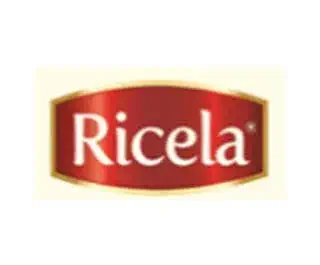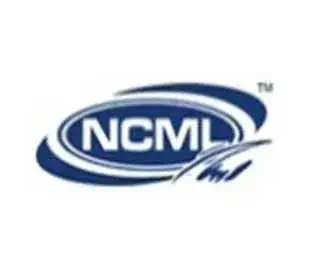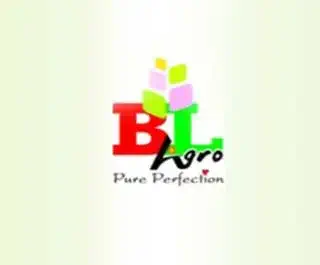Rice Bran Oil
We believe in providing top quality workmanship and are so confident in our level of service that we back.
We believe in providing top quality workmanship and are so confident in our level of service that we back.
Rice bran oil is a type of vegetable oil extracted from the outer layer of rice grains, specifically from the bran and germ of the rice plant (Oryza sativa). This oil has gained popularity due to its favorable nutrient profile and cooking properties.
Rice bran oil is composed of approximately 40% monounsaturated fatty acids, primarily oleic acid, which supports heart health by improving cholesterol levels. It contains about 30% polyunsaturated fatty acids, including linoleic acid (an omega-6 fatty acid) and a small amount of alpha-linolenic acid (an omega-3 fatty acid). The oil also has around 20% saturated fatty acids, such as palmitic and stearic acids, which contribute to its stability. Additionally, rice bran oil is rich in phytosterols like beta-sitosterol, antioxidants including oryzanol and vitamin E (tocopherols and tocotrienols), and squalene, all of which provide health benefits such as lowering cholesterol, protecting against oxidative damage, and supporting overall wellness.
In this step, enzymes/acid are added to the crude oil. This process breaks down phospholipids into water-soluble components, causing them to separate. The impurities are then removed using a centrifuge.
Pre-bleaching involves the initial treatment of degummed and neutralized oil by adding adsorbents like bleaching earth. This step helps remove impurities such as trace metals and residual phospholipids, ensuring better results in the main bleaching process.
Dewaxing involves chilling the oil to a specific temperature, causing waxes and other high-melting point components to crystallize. These crystals are then separated using advanced filtration techniques, resulting in clear, transparent oil that remains stable even in low temperatures.
Post-bleaching refines the oil further by using additional adsorbents to eliminate stubborn pigments, oxidation products, and other impurities. This step enhances the oil's clarity, stability, and quality, making it suitable for consumption or industrial applications.
The oil is heated under high vacuum conditions, and steam is passed through it to strip away volatile compounds that contribute to odor and taste, resulting in neutral-smelling oil. The double scrubber in a rice bran oil refining plant is designed to efficiently remove free fatty acids (FFA) and odor during the deodorization process. Using two stages of steam or water scrubbing, it captures volatile compounds and FFA, ensuring the oil is neutral in smell and meets high-quality standards for edible or industrial use.
Winterization involves cooling the oil to a specific temperature to crystallize waxes and high-melting point impurities. These crystals are then removed through precision filtration, resulting in clear, bright oil that remains stable and does not cloud in low temperatures.

Strategies to ensure proactive domination. At the end of the day,User generated content in real-time will have multiple touchpoints for offshoring.























Discover some of the most asked questions regarding Rice-Bran Oil.
Rice bran oil is a type of vegetable oil extracted from the outer layer of rice grains, known as rice bran. It is known for its mild flavor, high smoke point, and nutritional benefits, including being rich in antioxidants, vitamins, and healthy fats.
Rice bran oil has several advantages:
Rice bran oil is generally suitable for most dietary needs. It is vegan, non-GMO (if certified), and gluten-free. However, always check for specific certifications or potential allergens if you have dietary restrictions.
The shelf life of rice bran oil is typically around 12 to 18 months when stored in a cool, dark place. Proper storage conditions can help maintain its freshness and quality.
Yes, rice bran oil’s high smoke point (around 450°F or 232°C) makes it suitable for frying, sautéing, grilling, and baking. Its neutral flavor also makes it versatile for various dishes.